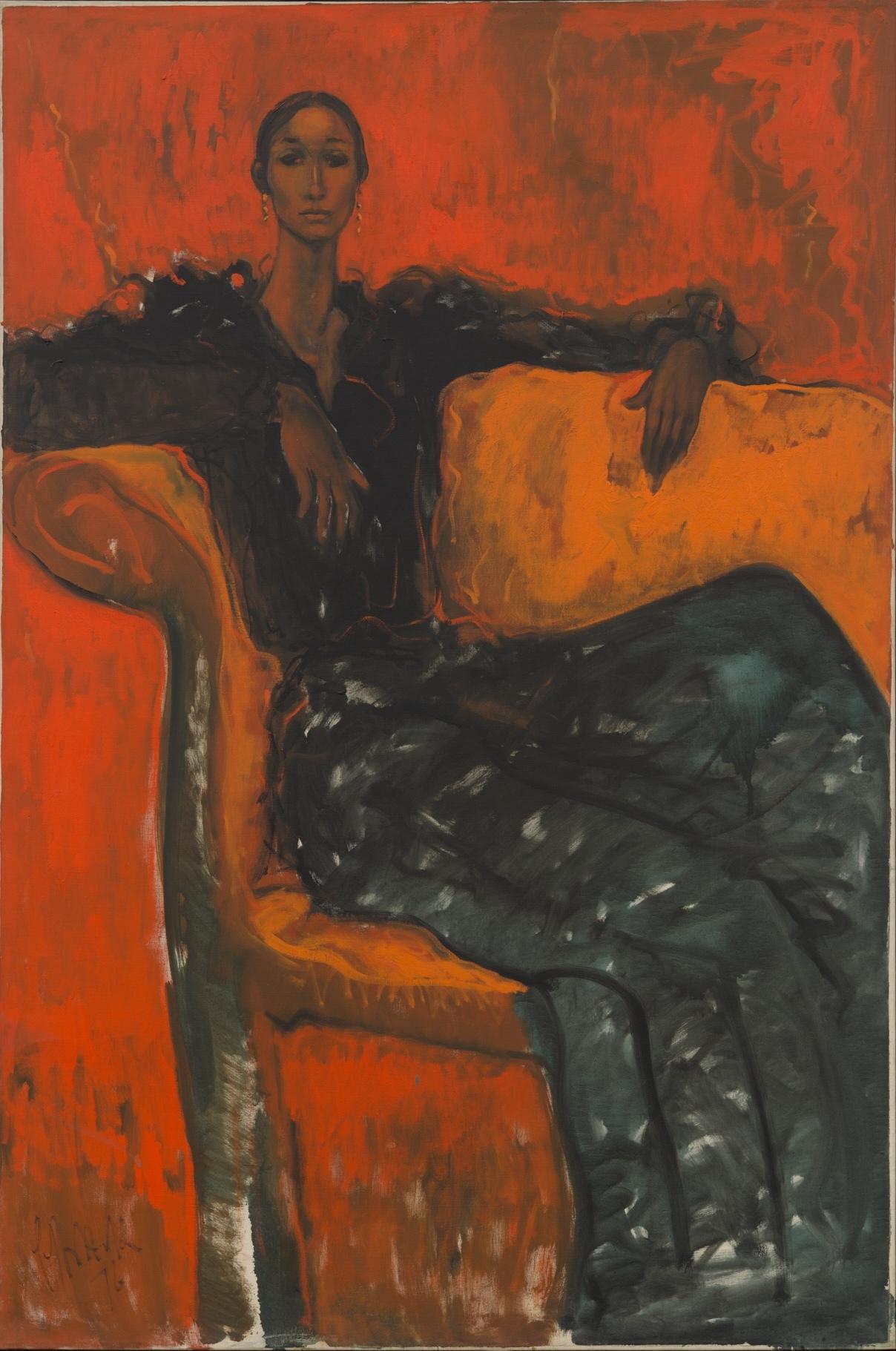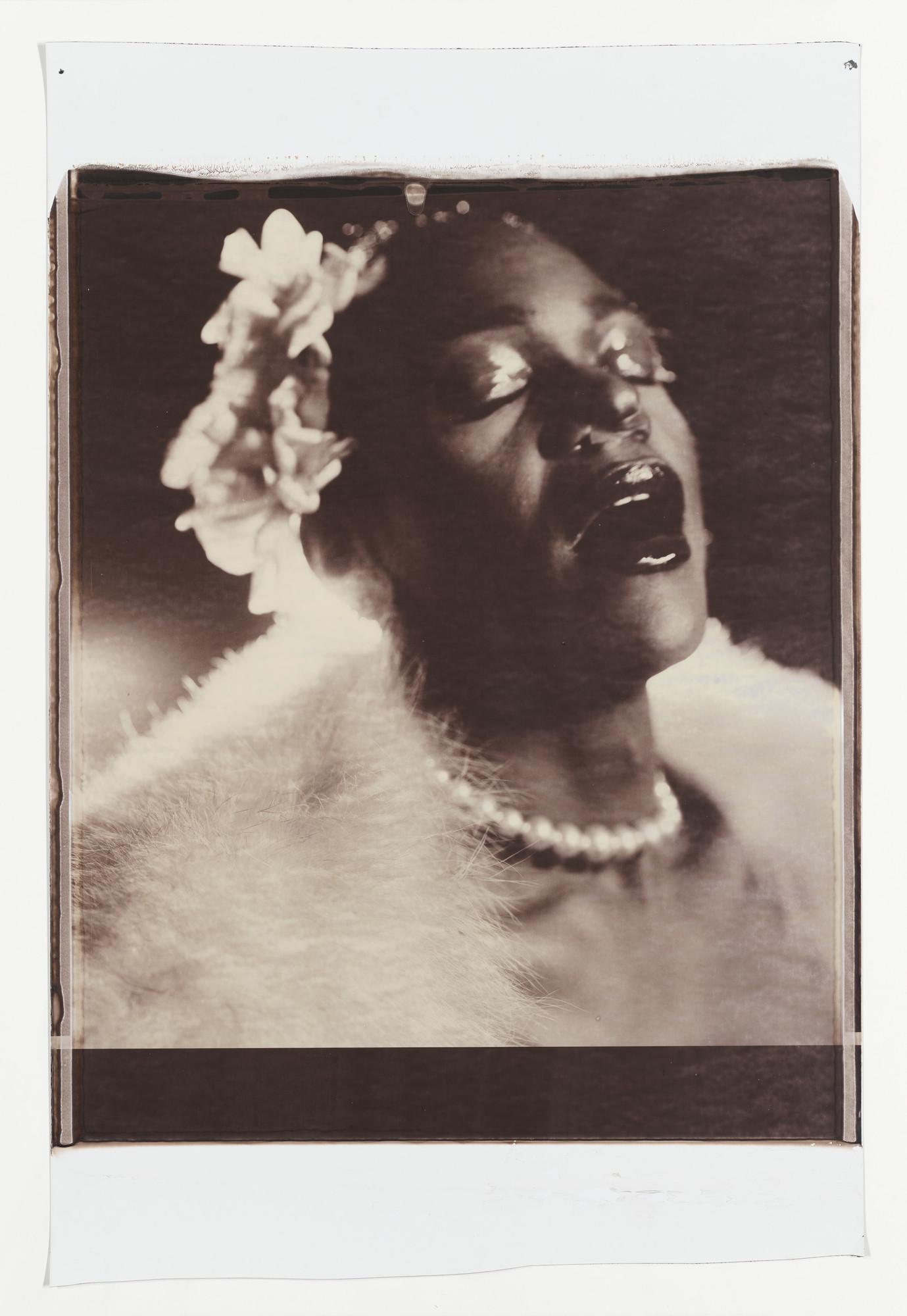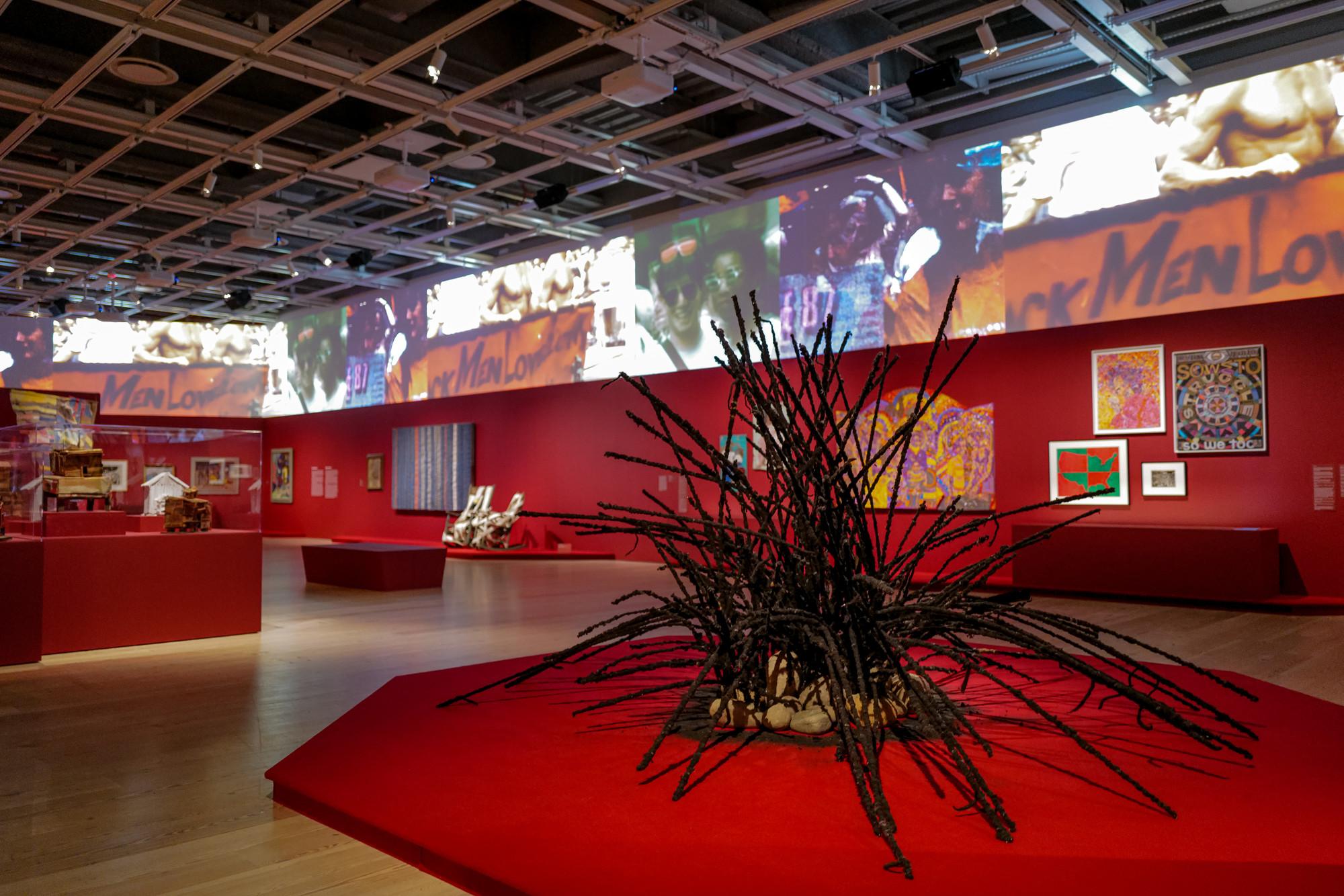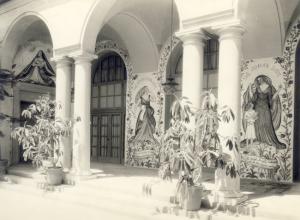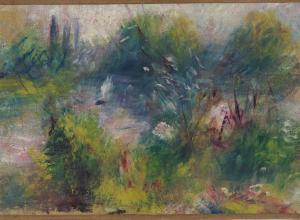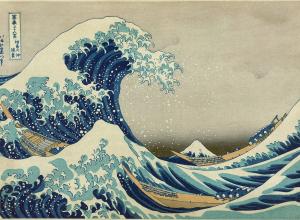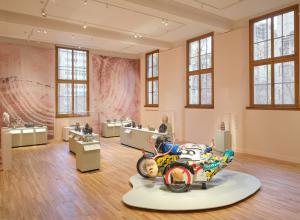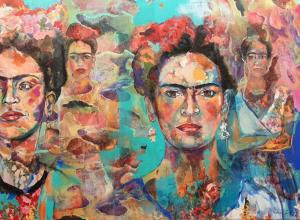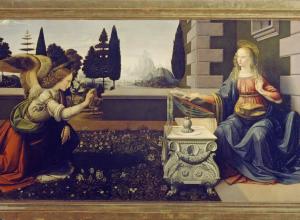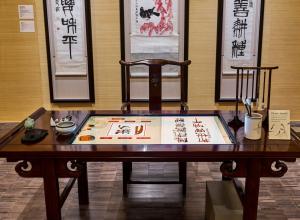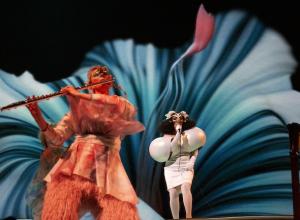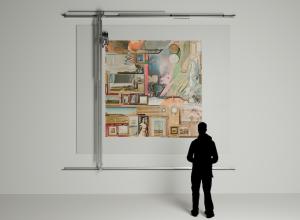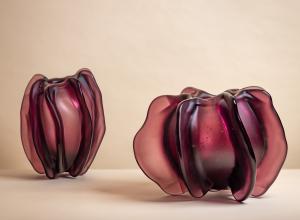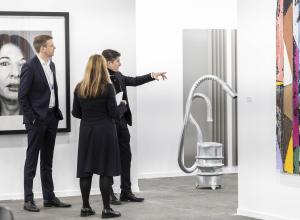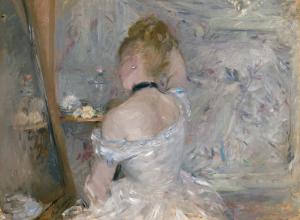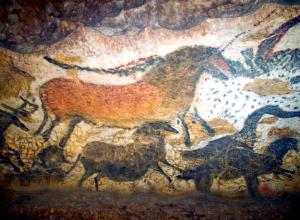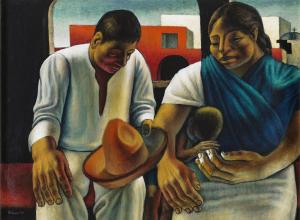It was in California that he first became interested and engaged in theater and was exposed to performers like Billie Holiday, Lena Horne, Duke Ellington, and others. In 1949, a friend and fellow dancer– Carmen De Lavallade– introduced him to the modern dance studio of Lester Horton, and dance became Ailey’s passion.
He studied with various teachers and also pursued writing and languages, before eventually moving to New York and founding his own dance company in 1958, the Alvin Ailey American Dance Theater.
The exhibition at the Whitney Museum is unique in many ways. Firstly, it pays homage to an artist who used his body and the bodies of others to tell visually-lyrical stories through dance. The Alvin Ailey American Dance Theater broke boundaries and provided opportunities for Black dancers to explore modern movements under his leadership.





